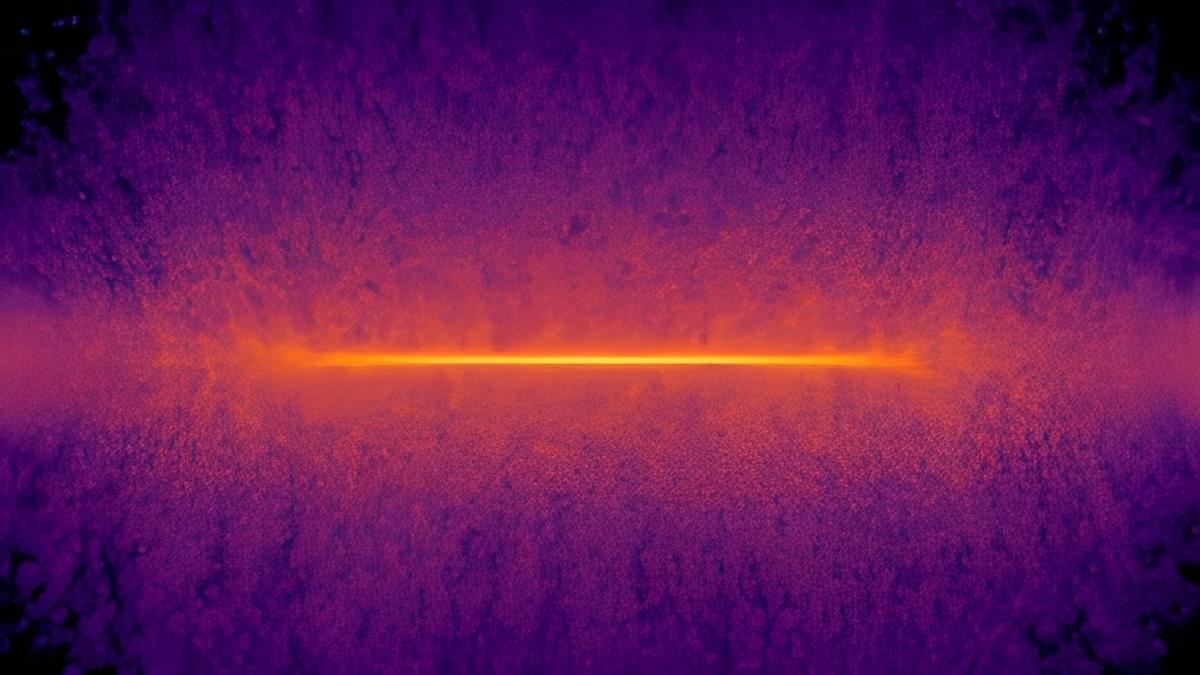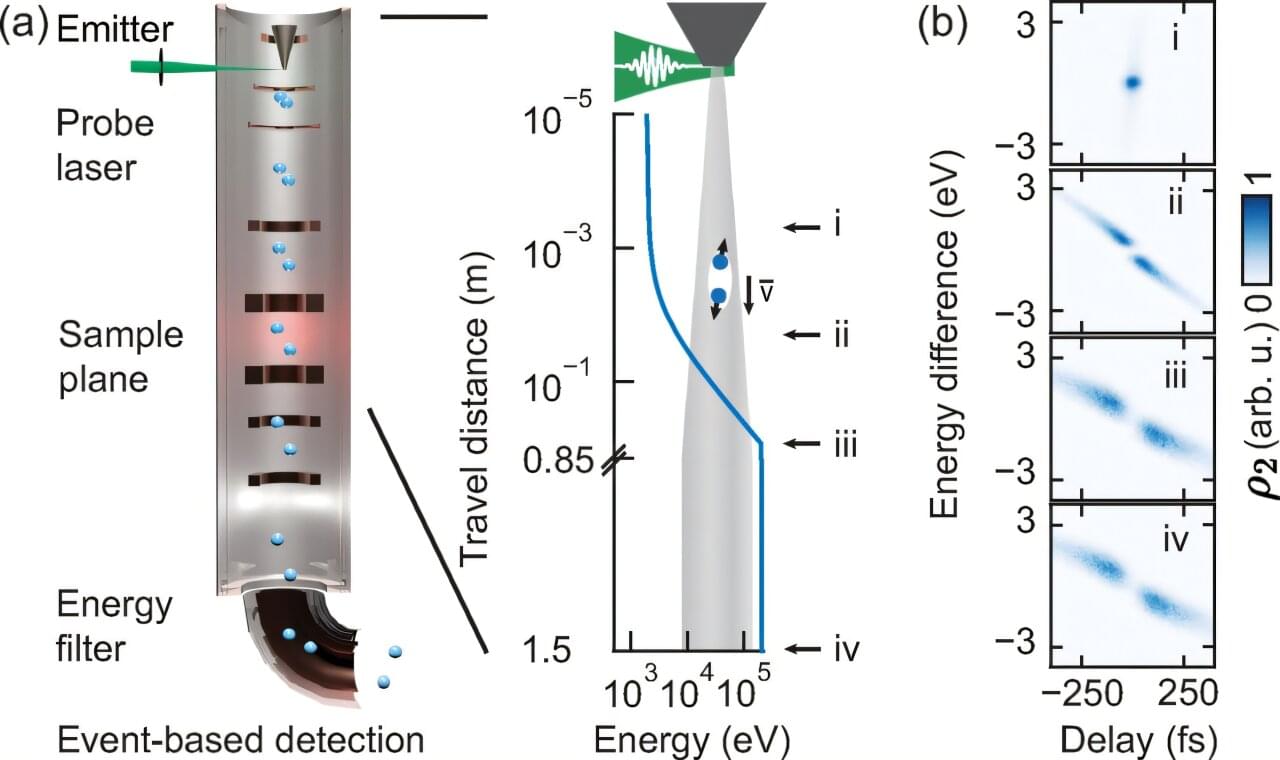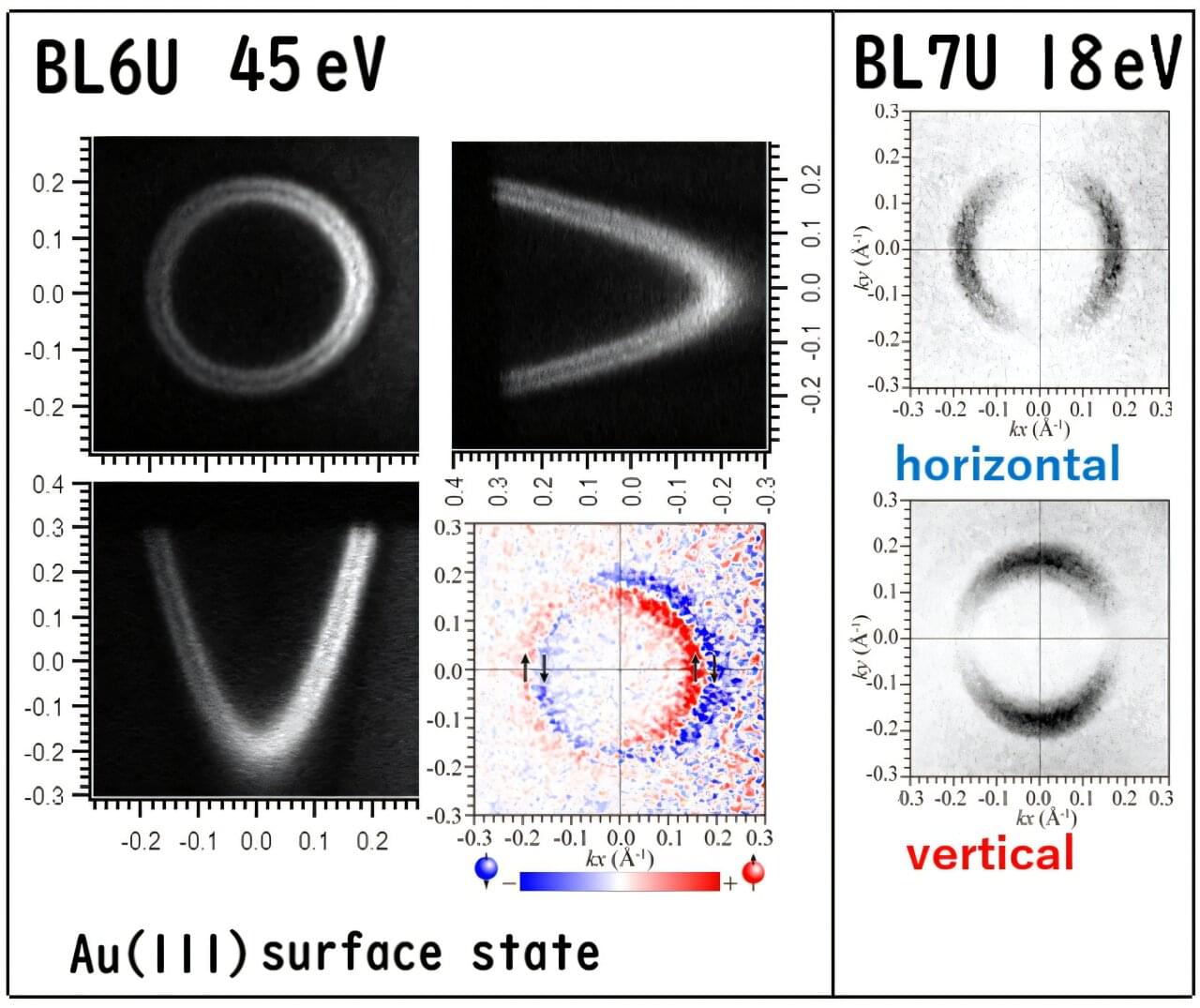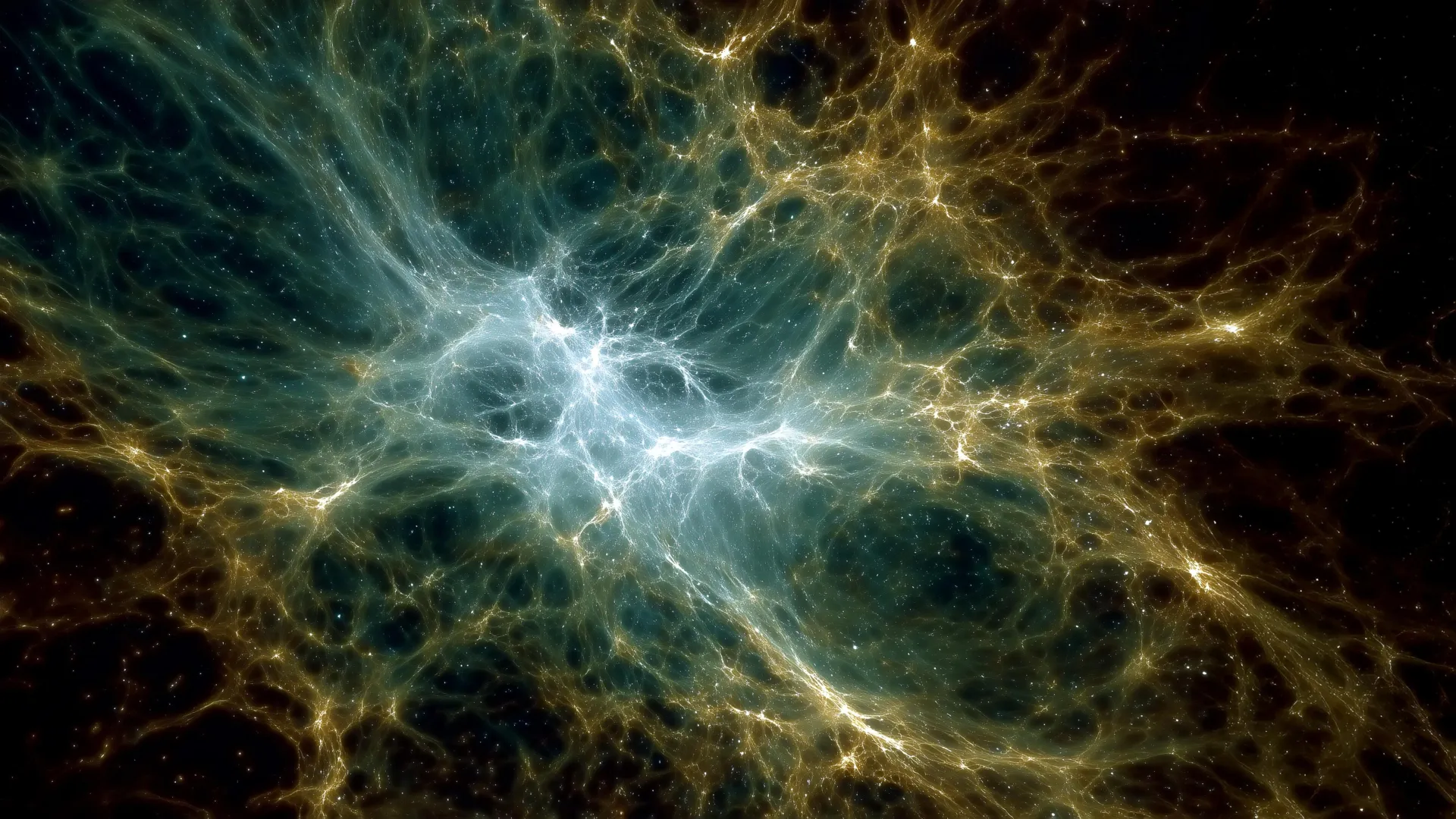A multi-institutional team of researchers led by Université de Montréal report that extensive musical training can steady the body in space, both with and without guiding sounds, during a blindfolded stepping test.
Spatial cognition is at the heart of everyday movement, linking mental maps of the environment with the body’s position and orientation. Spatial abilities support tasks such as mental rotation, navigation, walking through space, and maintaining spatial information in working memory, all of which depend on a stable sense of where the body is located.
Body representation provides a solution to what some researchers describe as the computational “where” problem of the body, knitting together inputs from vision, touch, and the vestibular system. Auditory cues join this network as well, supplying information that can help stabilize posture and guide movement when other senses are limited or absent, as described in prior work on postural control and ambulation.








